How To Treat A Sick Pawpaw: Information About Diseases Of Pawpaw Trees
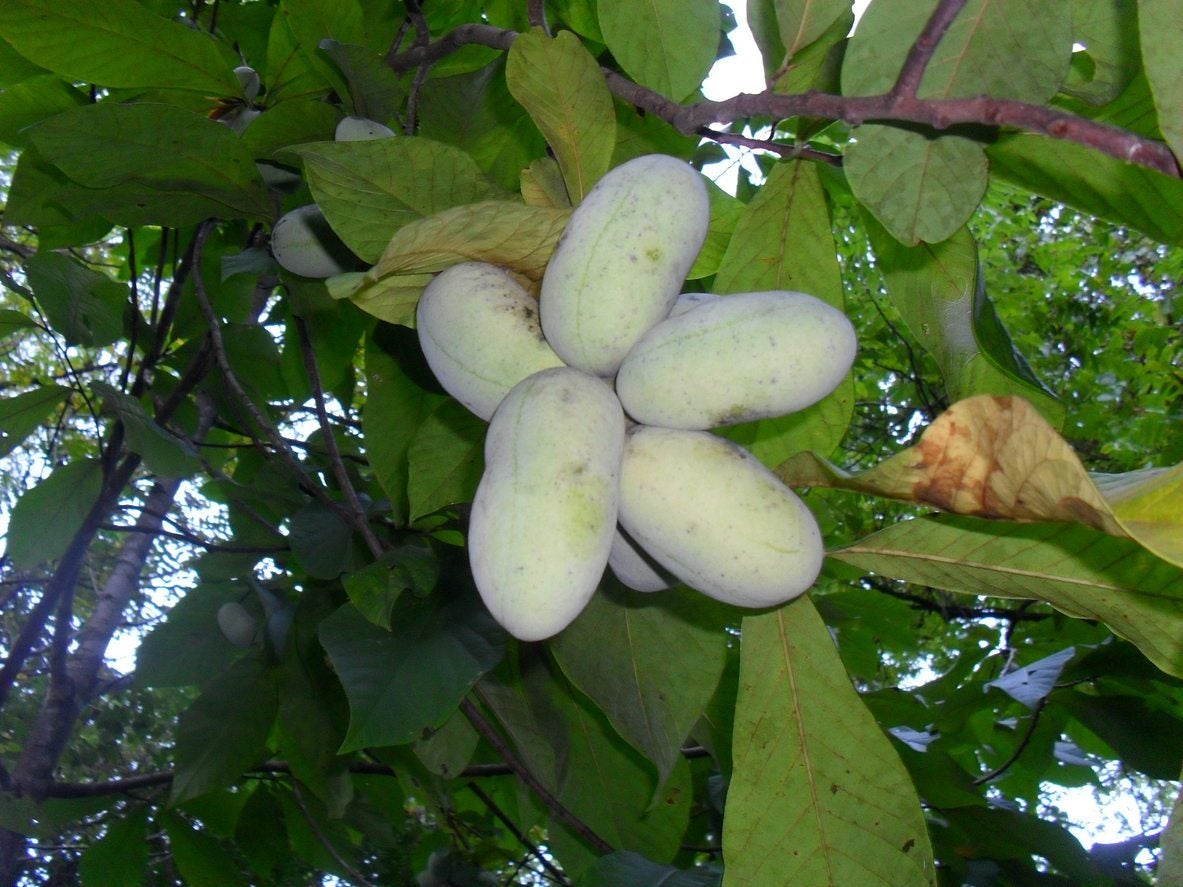

Pawpaw trees (Asimina triloba) are remarkably disease resistant and are even known to stand up to oak root fungus, a widespread disease that attacks many woody plants. However, pawpaw diseases may occasionally occur. Read on to learn more about a couple of common pawpaw illnesses and tips on treating a diseased pawpaw.
Two Common Diseases of Pawpaw Trees
Powdery mildew usually isn’t deadly, but it can stunt growth of new shoots and will certainly affect the appearance of the tree. Powdery mildew is easy to recognize by powdery, whitish gray areas on young leaves, buds, and twigs. Affected leaves may take on a wrinkled, curled appearance. Black spot on pawpaw is recognized by masses of tiny black spots on the leaves and fruit. Black spot, a fungal disease, is most common in cool weather or following a period of unusually damp weather.
How to Treat a Sick Pawpaw Tree
Treating a diseased pawpaw is necessary if your pawpaw tree is suffering from black spot or powdery mildew. The best treatment is to simply prune the tree to remove damaged growth. Dispose of the affected plant parts carefully. Sanitize cutting tools immediately, using a 10 percent bleach solution, to prevent spread of disease. Sulphur or copper-based fungicides may be effective when applied early in the season. Reapply regularly until new shoots no longer appear.
Nutrition and Pawpaw Illnesses
When it comes to treating a diseased pawpaw tree, maintaining proper nutrition is of utmost importance. Pawpaw trees that lack adequate potassium, magnesium, and phosphorus are more likely to suffer pawpaw diseases such as powdery mildew and black spot. Note: There is no way to know your soil is nutrient poor without a soil test. This should always be the first step in treating a diseased pawpaw. Potassium: To improve the potassium level, add potassium sulphate, which promotes strong growth and disease resistance while improving water retention. Apply the product when the soil is moist, then water in well. Granular and soluble products are available. Magnesium: Application of Epsom salts (hydrated magnesium sulfate) is an easy, inexpensive way to promote healthy pawpaw trees, as the addition of magnesium strengthens cell walls and improves uptake of other nutrients. To apply Epsom salts, sprinkle the powder around the base of the tree, then water deeply. Phosphorus: Well-rotted chicken manure is a great way to boost the level of phosphorus in the soil. If the deficit is considerable, you can apply a product known as rock phosphate (colloidal phosphate). Refer to the recommendations on the package for specific information.
Gardening tips, videos, info and more delivered right to your inbox!
Sign up for the Gardening Know How newsletter today and receive a free copy of our e-book "How to Grow Delicious Tomatoes".

A Credentialed Garden Writer, Mary H. Dyer was with Gardening Know How in the very beginning, publishing articles as early as 2007.
-
 10 Common Composting Problems That Can Spoil Your Garden Gold – Plus Easy Fixes
10 Common Composting Problems That Can Spoil Your Garden Gold – Plus Easy FixesLearn how to troubleshoot common composting issues before they ruin your stash – from bad smells and bugs to materials not breaking down as they should.
By Susan Albert
-
 Terrifically Tubular Flowers For Hummingbirds: 9 Tube-Flowered Plants To Attract Hummers
Terrifically Tubular Flowers For Hummingbirds: 9 Tube-Flowered Plants To Attract HummersGrowing tubular flowers for hummingbirds helps you create the optimum feeding conditions for your winged friends. Here are nine tubed delights for hummers
By Tonya Barnett
-
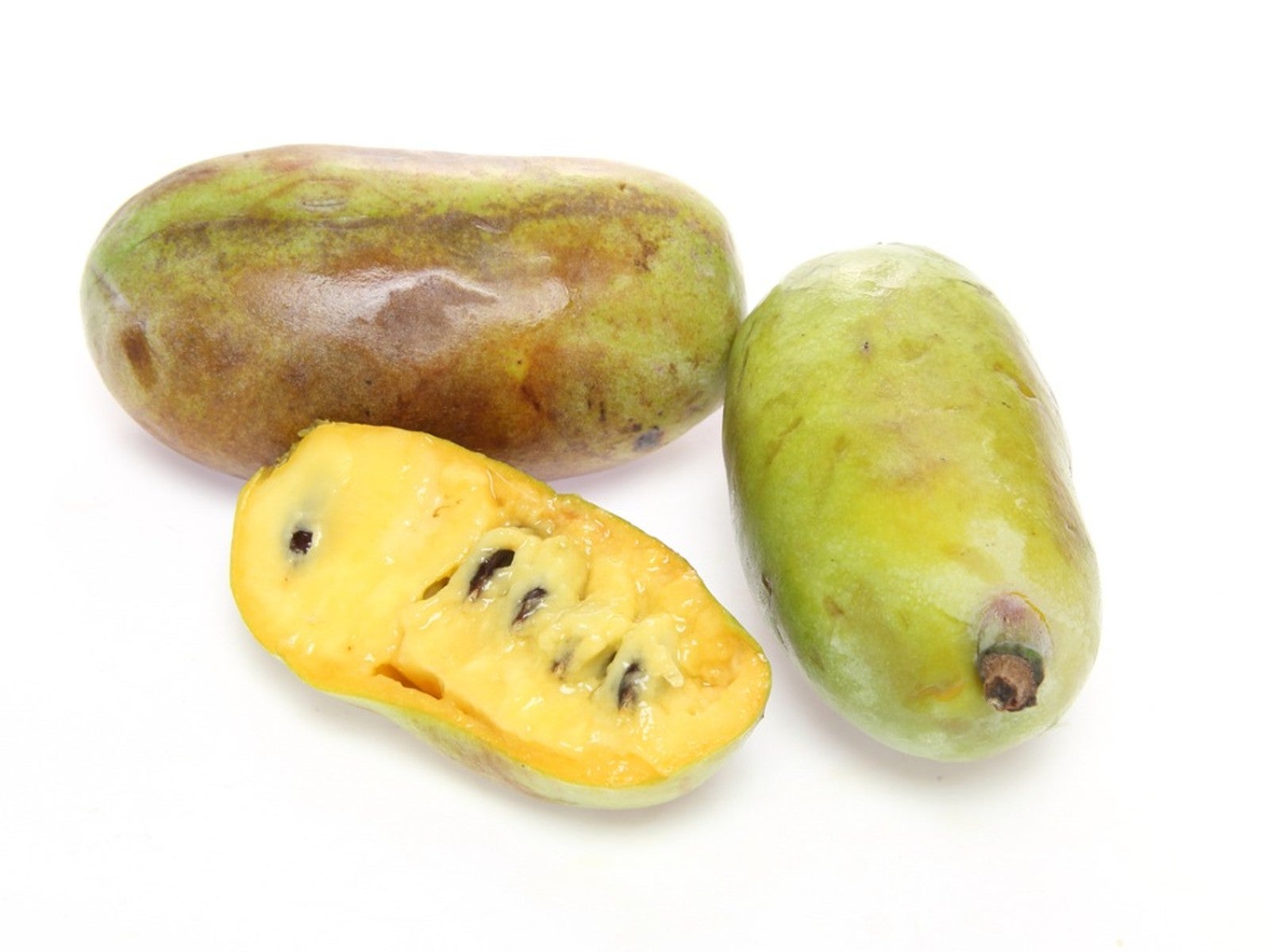 Pawpaw Pie - Dessert Ideas To Use Pawpaw Fruit This Thanksgiving
Pawpaw Pie - Dessert Ideas To Use Pawpaw Fruit This ThanksgivingThe bold flavors in pawpaws make excellent desserts. If you are new to this fruit, learn how to prepare it for a variety of delicious recipes.
By Bonnie L. Grant
-
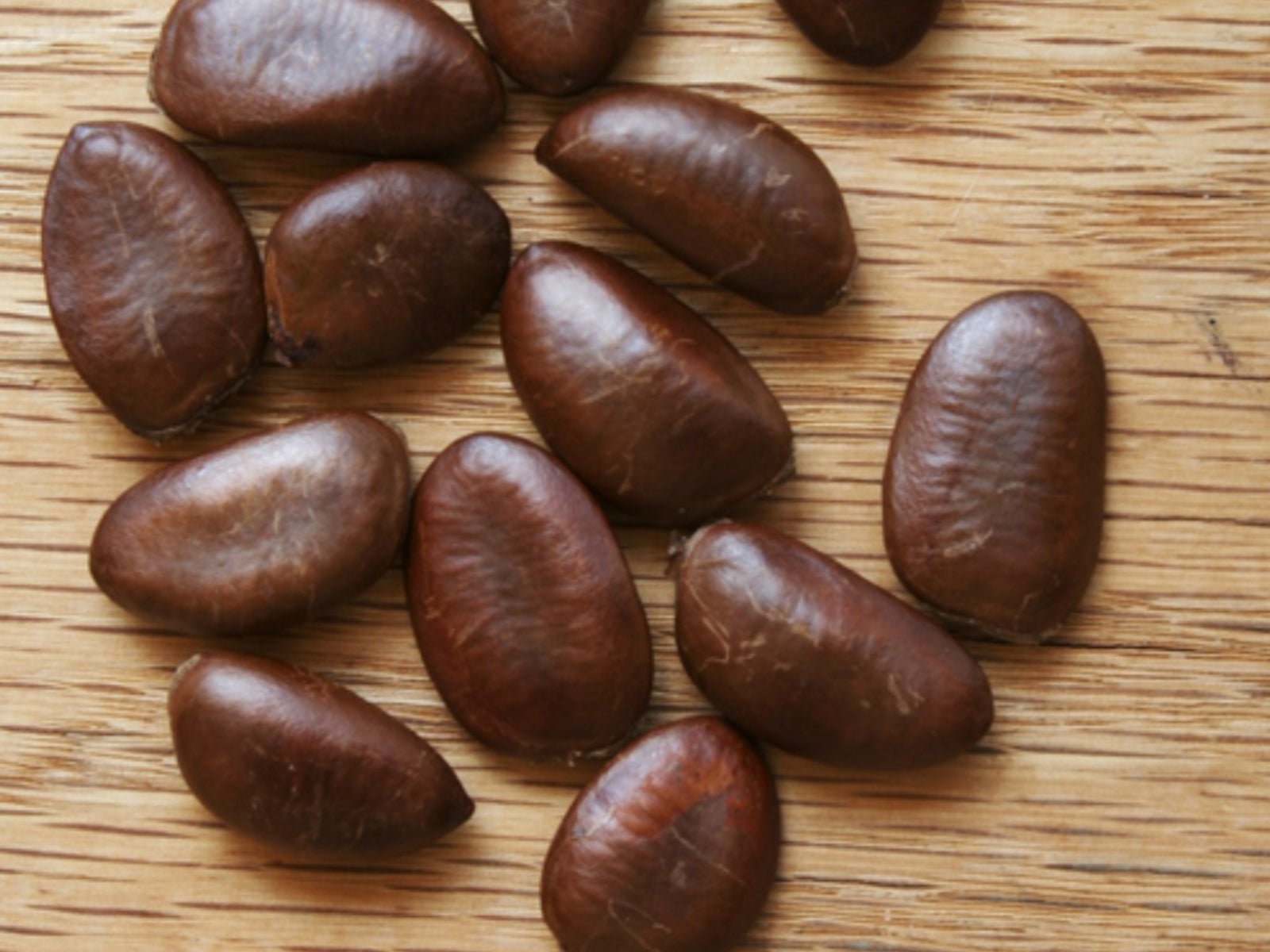 How To Plant Pawpaw Tree Seeds: Tips For Germinating Pawpaw Seeds
How To Plant Pawpaw Tree Seeds: Tips For Germinating Pawpaw SeedsWith the many dark brown seeds produced in each pawpaw fruit, gardeners may naturally wonder: Can you grow a pawpaw tree from seed? Click on the following article to learn how to plant pawpaw tree seeds.
By Darcy Larum
-
Suckering Pawpaw Trees: What To Do With Pawpaw Suckers
With pawpaw seed propagation, a slow and demanding activity, many gardeners may wonder, "Should I keep my pawpaw tree suckers for propagation instead?". This article will answer that question, as well as other questions about pawpaw sucker maintenance.
By Darcy Larum
-
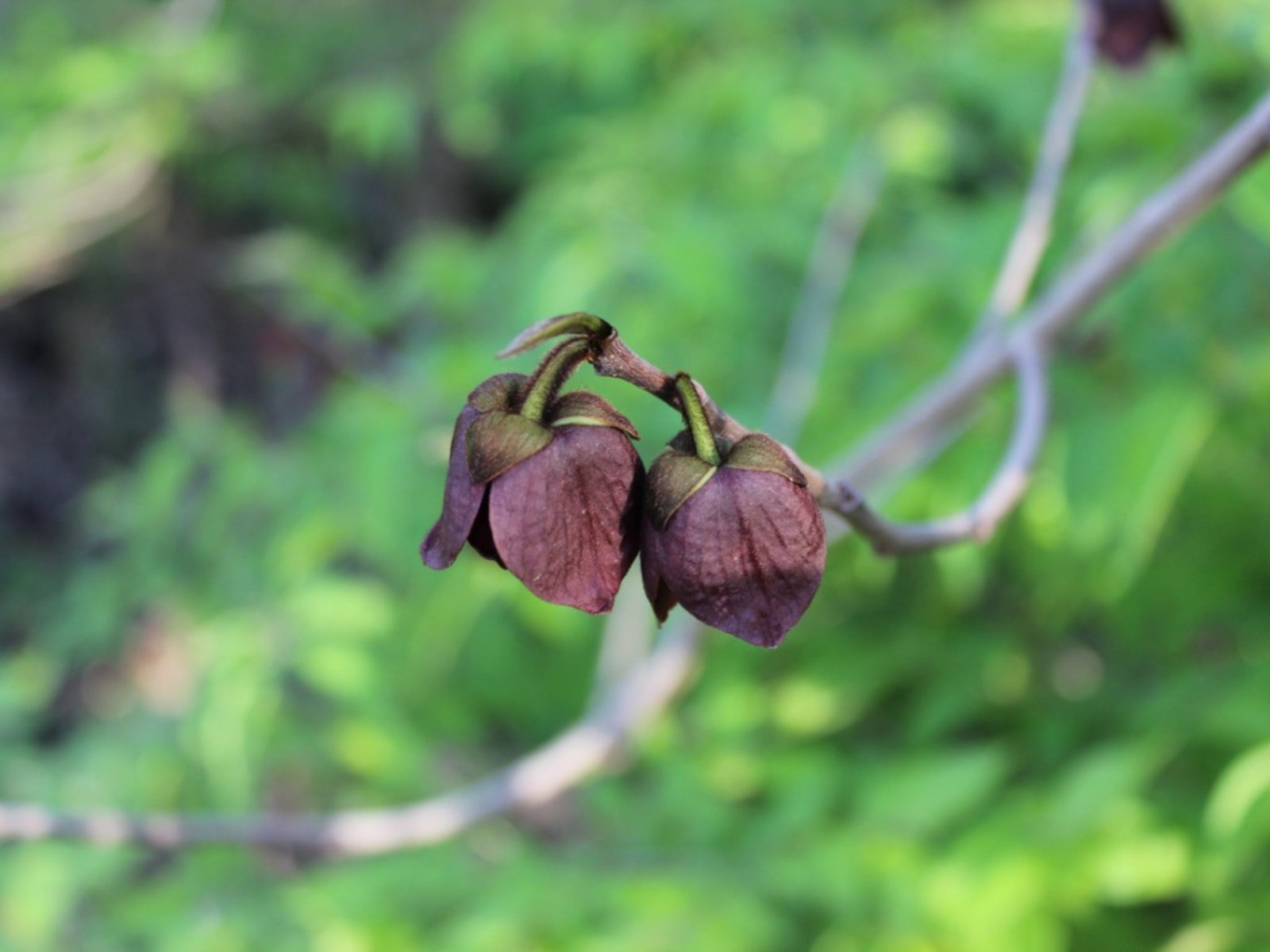 What Sex Are Pawpaw Flowers: How To Tell Sex In Pawpaw Trees
What Sex Are Pawpaw Flowers: How To Tell Sex In Pawpaw TreesOne reason this delicacy is not commercially grown has to do with pawpaw flower sex. It is difficult to know what sex pawpaw flowers are. Are pawpaws monoecious or dioecious? Is there a way to tell the sex in pawpaw trees? This article will help address the issue.
By Amy Grant
-
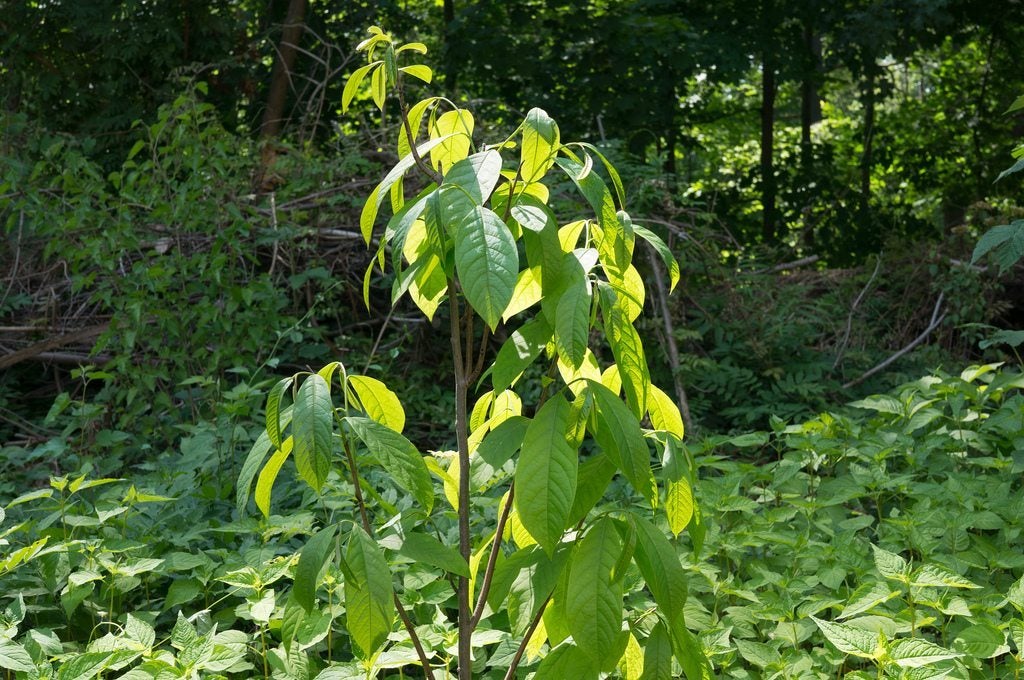 Pawpaw Trimming Guide: Learn How To Prune A Pawpaw Tree
Pawpaw Trimming Guide: Learn How To Prune A Pawpaw TreePawpaw trees are the most common fruit trees native to North America. Pawpaw trees grow best in a shady location with excellent drainage. Pawpaw pruning may sometimes be useful but it is not an essential. To find out if and when you should cut back pawpaw trees, click here.
By Teo Spengler
-
 Using Pawpaw As Cancer Treatment: How Does Pawpaw Fight Cancer
Using Pawpaw As Cancer Treatment: How Does Pawpaw Fight CancerNatural remedies have been around for as long as humans. For most of history, in fact, they were the only remedies. Every day new ones are being discovered or rediscovered. Click here to learn more about pawpaw herbal medicine, specifically using pawpaws for cancer treatment.
By Liz Baessler
-
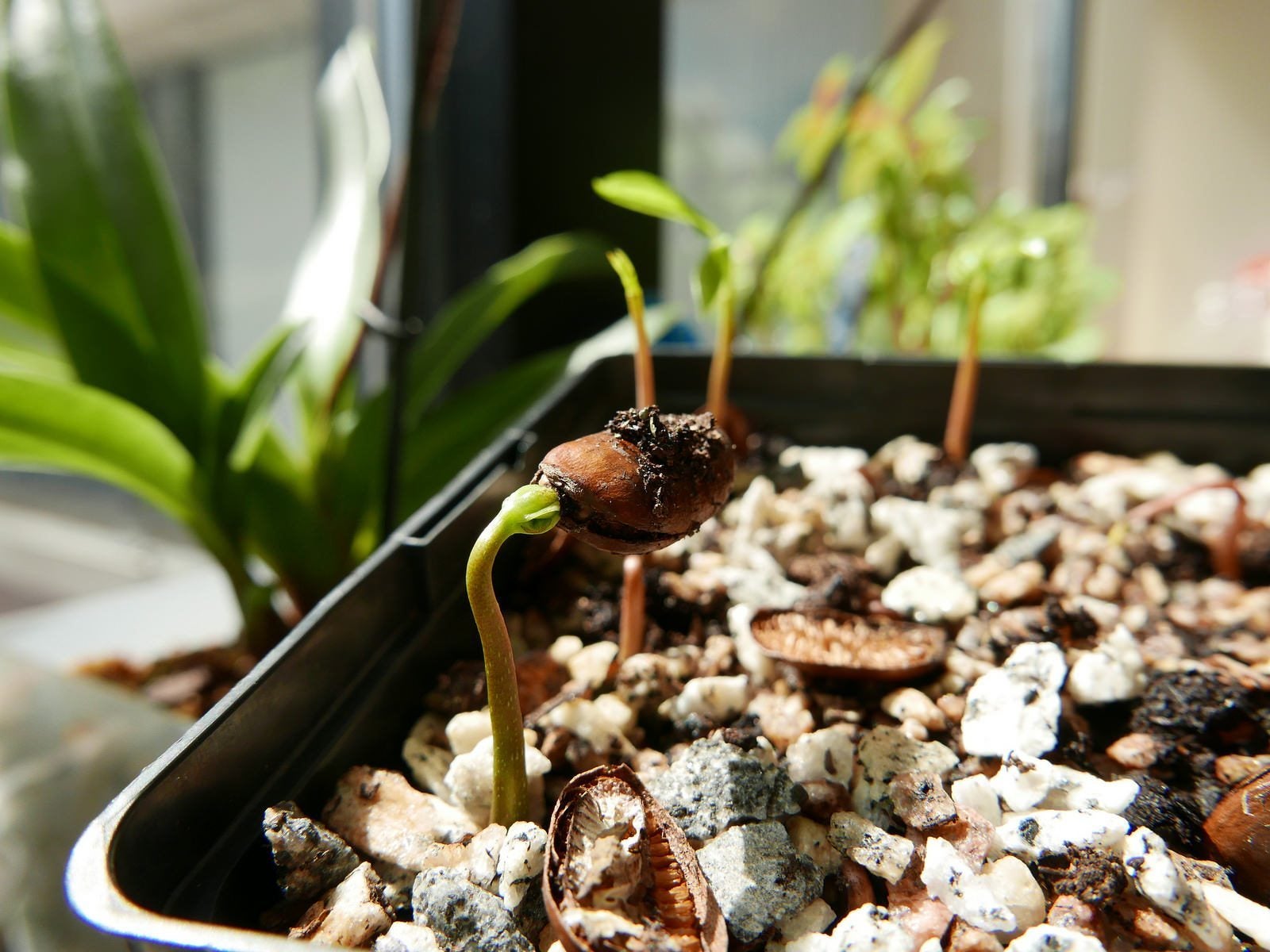 Tips For Propagating Pawpaws – How To Propagate A Pawpaw Tree
Tips For Propagating Pawpaws – How To Propagate A Pawpaw TreeThe pawpaw is a strange fruit that deserves more attention. Reportedly Thomas Jefferson's favorite fruit, this North American native sprouts up in groves in the wild. But what if you want one in your own backyard? Click here to learn more about pawpaw tree reproduction.
By Liz Baessler
-
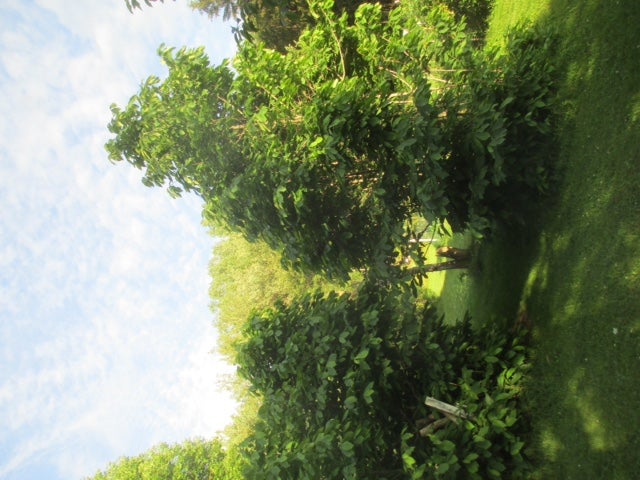 Do Deer Eat Pawpaws – Tips For Keeping Deer Out Of Pawpaw Trees
Do Deer Eat Pawpaws – Tips For Keeping Deer Out Of Pawpaw TreesI have been considering planting and growing pawpaw trees, but I have a bit of trepidation about the whole deer issue. Are pawpaws deer resistant? Is there a way of keeping deer out of pawpaw trees? Let's find out more together in this article.
By Shelley Pierce